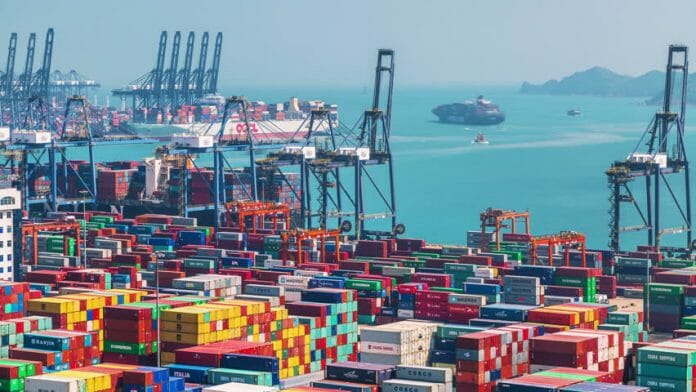China’s Consumer Price Index inflation fell by a third straight month in December 2023, but by a narrower -0.3% (Consensus: -0.4%, November:- 0.5%). The key driver was tapering food price deflation (-3.7% vs November: -4.2%), as hog prices dropped by a smaller magnitude while vegetable prices rose. CPI inflation came in at -0.3% in 4Q 2023 and 0.2% for the full year, in line with Maybank projections.
Core inflation, which excludes raw food and energy, stayed unchanged at 0.6% from the previous month (November: 0.6%), but had been ebbing gradually from a high of 1% at the start of 2023. Prices of consumer goods have entered their ninth month of year-on-year decline, while services inflation stayed tepid at 1%.
Inflation to Stay Lower for Longer
The Producer Price Index (PPI) inflation stayed negative for the 15th consecutive month, with the latest reading at -2.7% (Consensus: -2.6%, Nov: -3%). PPI inflation fell by -2.8% % in 4Q 2023 and -3% for the full year, in line with Maybank’s forecast. Even though PPI deflation appeared to have eased after peaking at -5.4% mid-year, there are signs of factory gate price weakness intensifying again.
Producer price levels have resumed sliding in the last two months, led by the mining and manufacturing industries. We expect CPI and PPI inflation to come in at 1.1% and 1.4% respectively in 2024, below the pre-pandemic (2017—2019) averages of 2.2% and 3.2% respectively. The lower-for-longer inflation outlook reflects fragile demand and lingering slack in the industrial sector. Discounting and price wars in the consumer-facing sectors such as e-commerce and electric vehicles also continued into the new year.
Exports and Imports on the Mend
In line with recent data out of other Asian countries, exports showed nascent signs of bottoming, after shrinking in the preceding six months, buoyed by a +52% jump in motor vehicle shipments. The uptick was led by the EU and Russia, while shipments to ASEAN were driven by growth in the Malaysian and Vietnamese markets. Imports rose mildly, reversing the previous month’s decline, on the back of stronger demand for petroleum, computers and computer parts. Imports from ASEAN fell by -2.3% generally, with shipments from Vietnam an exception.
Modest Export Recovery in 2024
Exports were down by -4.6% in 2023, while imports shrank -5.5%— against Maybank’s projections of -4.8% and -6% respectively. In 2024, the house expects exports to stage a modest recovery of +3.3% amid an upturn in developed market goods demand, while imports narrow their contraction weighed down by the domestic real estate downturn and inventory
overhang









